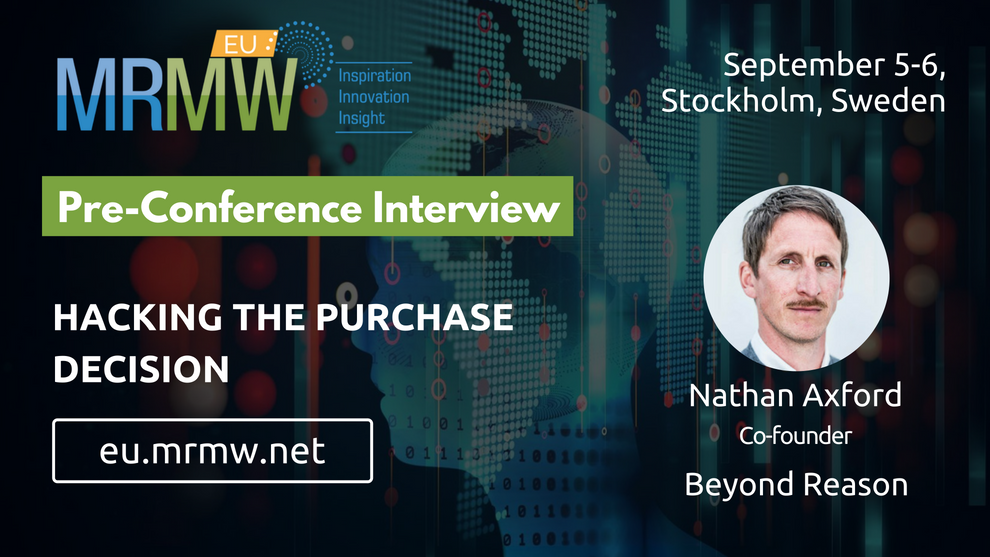How to Find Consumer Insights on Social Media
We live in an age where information is vital. Consumers have so much choice, and so much access to goods and services that businesses can’t simply hope for buyers to find them.
Instead, they need to get to know them better. This field of study is known as consumer insights, where brands seek new and useful information about their buyers.
Social media as a source of consumer insights
Billions of consumers use social media every day for:
- Communication
- Education
- Entertainment
- Shopping
And because of all this, social media offers brands an unparalleled level of consumer data, even overcoming some of the limitations of traditional market research.
Social listening tools ingest data in real time, and in a way that avoids bias because it’s based on unprompted consumer conversations.
With billions of social media users tweeting and posting what they think and feel every day, brands can access customer insights on a massive scale, while still asking tightly defined questions.
Think of social media as the world’s largest focus group.
How to find consumer insights on social media
It’s quite easy to start finding consumer insights in social data, and as your skills develop you’ll learn to find ever more powerful insights.
-
Get a good social listening and analytics tool
There’s really no way around this: if you want good social media data and insights, you need a good tool. You can’t monitor social media on your own – there’s just too much of it. A social listening tool will handle that for you, so you can focus on hunting for insights.
-
Do some primary audience analysis
The obvious first step for consumer insights is to find out more about the people talking about your brand.
Begin by monitoring your own brand name across social media. Once you’ve collected a large enough sample of social mentions (ideally a few thousand) look at the kinds of people mentioning your brand.
Good social analytics tools should tell you the age ranges, gender, locations, and languages of these social media users. You can now filter the results by negative or positive sentiment to find out more about the people who really love your brand, and those who really don’t like it.
You can then apply the exact same steps to all kinds of different groups:
- Positive commenters only
- Men or women only
- Users in specific countries (or speaking certain languages)
- Users on specific platforms
Look for unexpected insights and see if you can use these to inform the way you communicate with customers.
-
Discover the main topics associated with your brand
It’s not enough to know whether people are generally positive or negative about your products, and to read a few of their comments every day.
Don’t you also want to know the context for conversations in which your brand name is brought up? When people are talking about you, what else are they talking about?
This is the kind of insight that fuels future marketing campaigns and lets brands reach consumers in new and interesting ways.
-
Find out where people are talking about you
We already saw that you can identify your audience’s main geographic locations. But what about the platforms they prefer?
In the digital age, your message needs to reach people on their turf. So if your customers are on Instagram, you need to be too.
Social listening tells you where conversations about your brand are happening. You’ll quickly learn whether your current social strategy makes sense, or if you need to think about other places to communicate with customers.
-
Find consumer insights from your competitors
You can do all this analysis for the other major players in your industry too. Start with an overview of conversations about you and your major competitors. Which brands are mentioned the most, get the most engagement, and have the best sentiment?
If one is doing a masterful job, your next task is to try to figure out what they’re doing right, and how you can do the same.
You can look closely at one brand at a time, or you can examine the industry as a whole, and learn more about the typical buyer. This gives you more context. You already know what your own audience looks like, but does it match the wider industry audience?
With all of these exercises, we’re looking for new and actionable consumer insights. So as you work through them, see whether anything takes you by surprise, and then whether you can use this to improve your products and communication.
If you’re not used to working with analytics tools or social data, it might feel a little overwhelming to begin with. But just focus on the basics first, and you’ll soon develop stronger research skills.
About Linkfluence:
Linkfluence transforms the way global brands collect, analyze, and leverage customer insights. With our leading social listening tools and team of local research analysts, we analyze real-time social data to help brands and agencies make better business decisions.
Meet Linkfluence at the upcoming MRMW North America 2022 on 15-16 June in Atlanta, and schedule a face-to-face meeting to find out more about their latest innovation.
If you enjoyed this article, check out the following:
AI Enabled Consumer Insights are a Game-Changer for Brands














